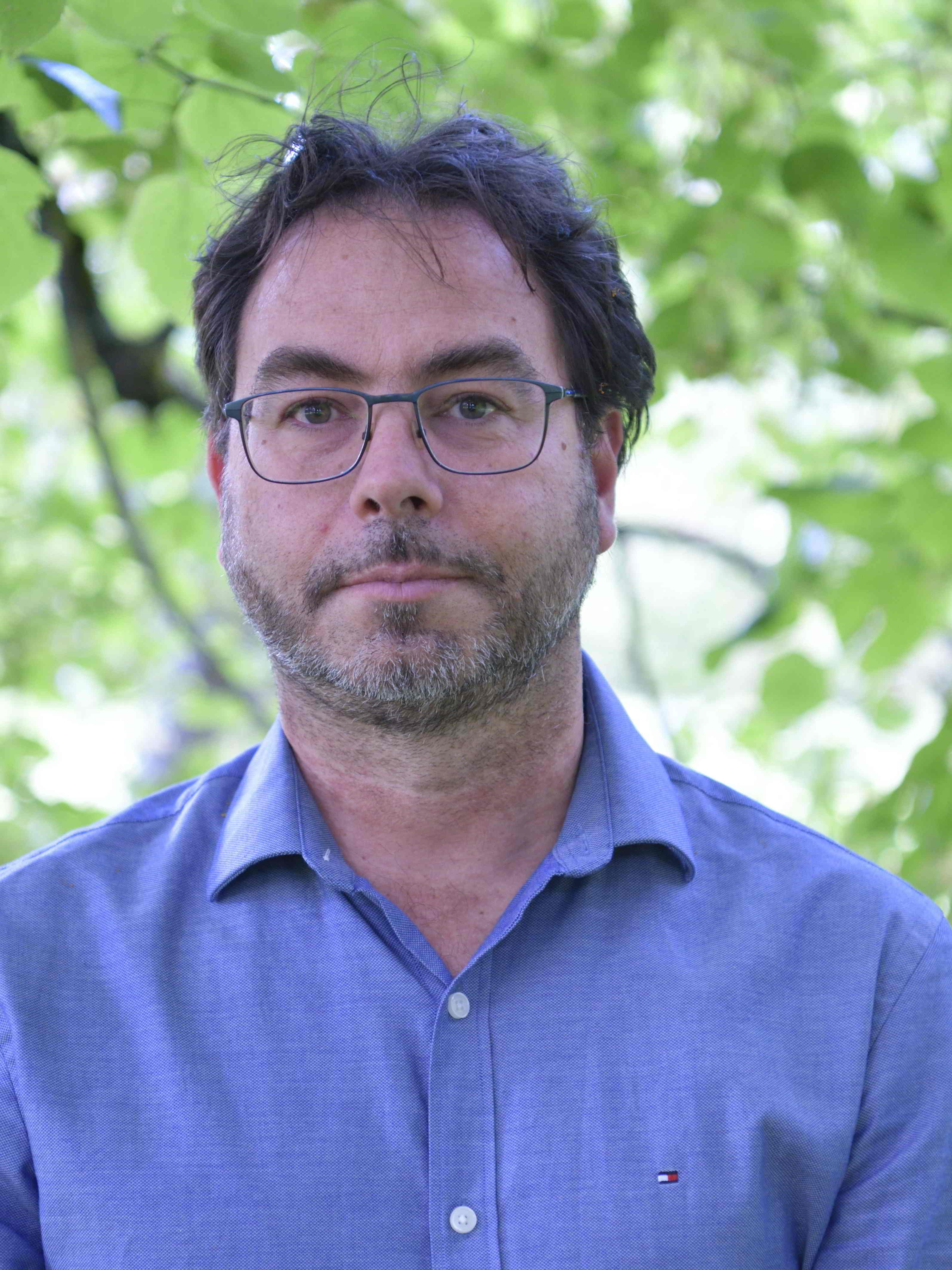Jordi Ballester

General information
CEP - Culture Expertise Perception
jordi.ballester@u-bourgogne.fr
https://cv.hal.science/jordi-ballester-perez
Job
Associate Professor University of Burgundy
Culture Expertise Perception Team leader
- PhD in Food Science, University of Burgundy, Dijon, France.
- Post-Doctorate, Cool Climate Oenology and Viticulture Institute, Brock University, Ontario, Canada
Activities
Research topic
I'm in charge of the Culture Expertise Perception team. My research focuses on the cognitive aspects of wine description and categorization. In particular, the impact of expertise and culture on wine-related mental representations, how this knowledge is organized in semantic memory and, finally, how it modulates wine perception through various cognitive mechanisms. More specifically, I study ill-defined sensory categories and concepts that are at the same time important for the wine industry; for example, sensory categories linked to terroir, natural wines, as well as ill-defined or ambiguous concepts such as oxidation or minerality.
At the same time, I teach sensory evaluation and tasting at the Institut Universitaire de la Vigne et du Vin where I am responsible for the DU Expertise en Dégustation Professionnelle de Vin.
I am also associate editor of the journal Oeno One.
Scientific approach
Cognitive psychology, sensory evaluation, relationship with chemical composition and production process
Supervision
I have co-supervised two PhD and numerous Master's students. I also supervised 4 post-docs and 2 engineers.
Key words
Cognition; Perception; Sensory evaluation, Expertise; Culture; Mental representation;
Important publications
quality perception of red natural wines: a comparative study in Spain and France. OENO One, 58(1). https://doi.org/10.20870/oeno-one.2024.58.1.7737
Rodrigues H, Valentin D, Otheguy M, & Ballester J (2022). How to make a mineral wine? Relationship between production type in the Chablis vineyard and the search for a mineral wine style. OENO One, 56(2), 29–45. https://doi.org/10.20870/oeno-one.2022.56.2.4856
Valentin D, Valente C, Ballester J, Symoneaux R, Smith I, Bauer FF, Nieuwoudt, H (2021) The Impact of “Wine Country of Origin” on the Perception of Wines by South African and French Wine Consumers: A Cross-Cultural Comparison. Foods , 10, 1710. https://doi.org/10.3390/foods10081710
Ballester J, Magne M, Julien P, Noret L, Nikolantonaki M, Coelho C, & Gougeon R (2018). Sensory Impact of Polyphenolic Composition on the
Oxidative Notes of Chardonnay Wines. Beverages, 4(1), 19. https://doi.org/10.3390/beverages4010019
Franco-Luesma E, Honoré-Chedozeau C, Ballester J, & Valentin D (2019). Oxidation in wine: Does expertise influence the perception? LWT, 116. https://hal.science/hal-02296497v1
Romanet R, Coelho C, Liu Y, Bahut F, Ballester J, Nikolantonaki M, Gougeon R D (2019). The antioxidant potential of white wines relies on the chemistry of sulfur-containing compounds: An optimized DPPH assay. Molecules, 24(7). https://doi.org/10.3390/molecules24071353
Parr W V, Valentin D, Breitmeyer J, Peyron D, Darriet P, Sherlock R, Robinson B, Grose C, & Ballester, J (2016). Perceived minerality in sauvignon blanc wine: Chemical
reality or cultural construct? Food Ressearch International, 87. https://hal.science/hal-01399185v1
Arvisenet G, Guichard E, Ballester J (2016). Taste-aroma interaction in model wines: Effect of training and expertise. Food Quality and Preference, 52. https://hal.science/hal-01384642v1
Ballester, J, Abdi, H, Langlois, J, Peyron, D, & Valentin, D (2009). The odor of colors: Can wine experts and novices distinguish the odors of white, red, and rosé wines?
Chemosensory Perception, 2(4). https://hal.science/hal-02667932v1
Ballester, J, Patris, B, Symoneaux, R, & Valentin, D (2008). Conceptual vs. perceptual wine spaces: Does expertise matter? Food Quality and Preference, 19(3). https://doi.org/10.1016/j.foodqual.2007.08.001

